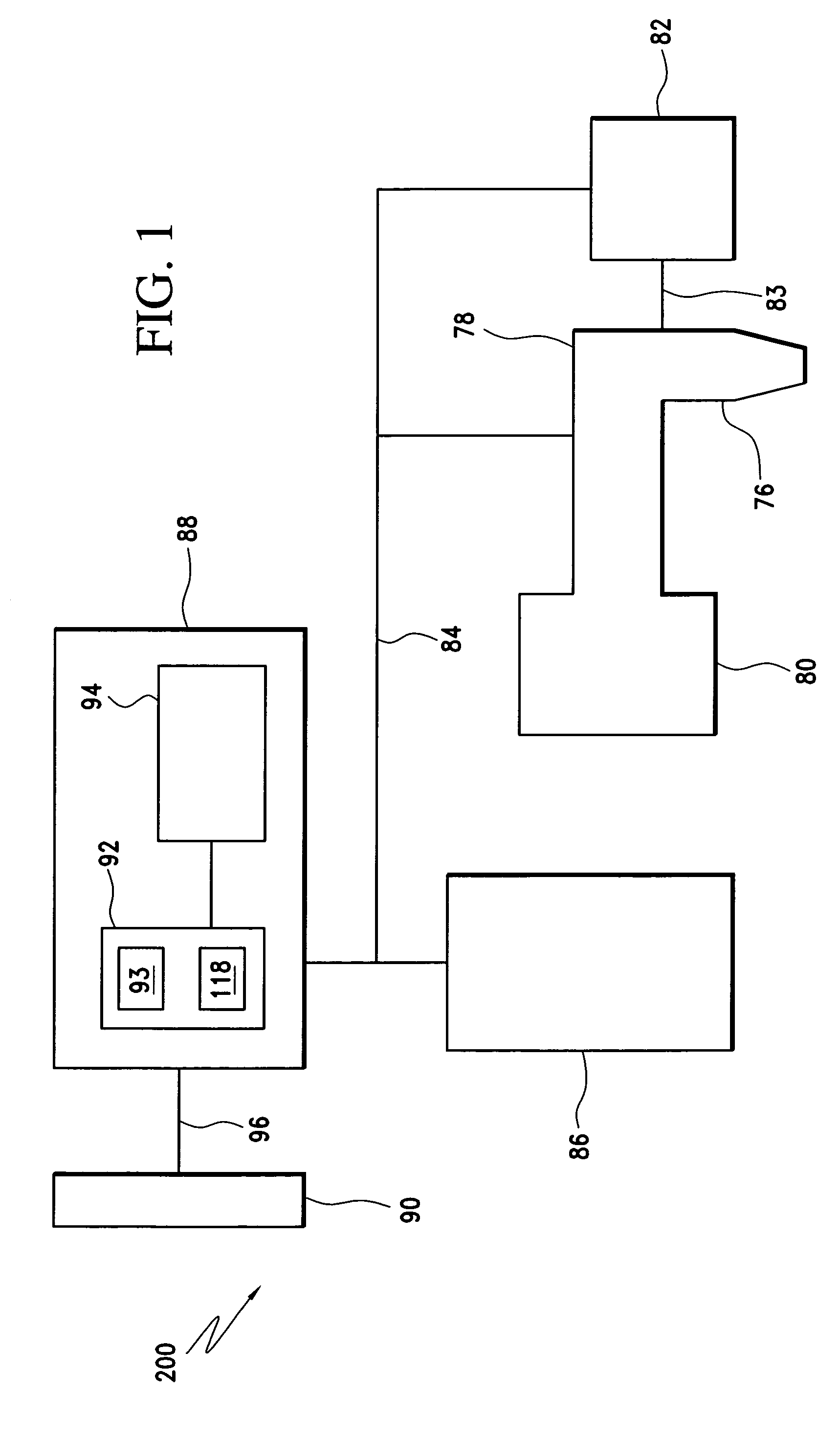System and process for manufacturing custom electronics by combining traditional electronics with printable electronics
a technology of electronic inks and printed electronics, applied in the field of direct printing, can solve the problems of inability to combine asic's and standard cells with printable electronic inks, inconvenient regional manufacturing using conventional printing equipment, and the need for complex processes for printing semiconductors and displays
- Summary
- Abstract
- Description
- Claims
- Application Information
AI Technical Summary
Benefits of technology
Problems solved by technology
Method used
Image
Examples
Embodiment Construction
[0051]The various features of the preferred embodiments will now be described with reference to the drawing figures, in which like parts are identified with the same reference characters. The following description of the presently contemplated best mode of practicing the invention is not to be taken in a limiting sense, but is provided merely for the purpose of describing the general principles of the invention. This application is also related to co-pending U.S. Non-provisional patent application Ser. No. 11 / 331,189, filed on Jan. 13, 2006, entitled “A System and Process for Manufacturing Application Specific Printable Circuits (ASPC's) and Other Custom Electronic Devices,” by Chuck Edwards.
[0052]FIG. 1 illustrates a block diagram of a direct printing system 200 that can be used to manufacture application specific printable circuits (ASPC's) according to an embodiment of the present invention. Many different types of direct printing processes can be used to manufacture ASPC's or cu...
PUM
 Login to View More
Login to View More Abstract
Description
Claims
Application Information
 Login to View More
Login to View More - R&D
- Intellectual Property
- Life Sciences
- Materials
- Tech Scout
- Unparalleled Data Quality
- Higher Quality Content
- 60% Fewer Hallucinations
Browse by: Latest US Patents, China's latest patents, Technical Efficacy Thesaurus, Application Domain, Technology Topic, Popular Technical Reports.
© 2025 PatSnap. All rights reserved.Legal|Privacy policy|Modern Slavery Act Transparency Statement|Sitemap|About US| Contact US: help@patsnap.com



